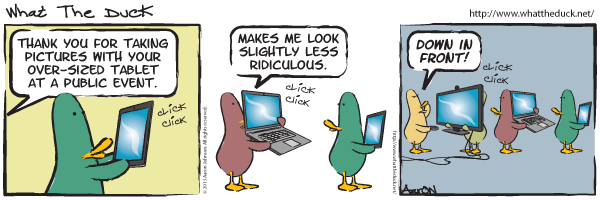 |
| Nikon D4, 14-24mm, ISO 12,800, ƒ/2.8 & 1/125 |
I try my best to always look at the light that is present and go with it before I use a flash.
When Nikon introduced the Nikon D3 the ISO on that camera went to 6400 with no trouble. Then Nikon bumped it up again with the Nikon D3S to ISO 12,800.
My newest Nikon D4 ISO goes to 12,800 comfortably and if you really need it you can bump it all the way to Hi-4 (ISO 204,800). The Nikon D4 has other improvements as well with focusing and especially in video.
 |
| Nikon D4, 14-24mm, ISO 12,800, ƒ/2.8 & 1/125 |
This is important because for the bigger venues you can actually own a much cheaper camera than you need to capture the event when the light is low.
This is true in sports as well. When you are photographing an NFL game at night the light on the field is much better than when you are shooting in a small town at their high school Friday night football game.
 |
| Nikon D4, 70-200mm, ISO 12,800, ƒ/2.8 & 1/100 |
If you want to shoot events like the People's Fest at Atlantic Station as I did this past Saturday night then you need a high ISO camera. Minimum of ISO 6400 in my opinion will just barely work before you need to add a flash.
 |
| Nikon D4, 70-200mm, ISO 12,800, ƒ/2.8 & 1/125 |
 |
| http://www.whattheduck.net |
You have to know how the camera works and how to make it work for you to get the best photos.
To remain competitive you need to have the best gear to capture the type of photos of the subjects you want to get paid to shoot. If you don't have the best possible the guy that is able to show a better image because of their gear will get the job.
Remember, it is the photographer with the best images of the subjects that will get the job and not the most expensive gear.
All this is to say, your images decide if you get hired not the gear, but your gear can hold you back to get good images. If you have great gear and not good images then you still want get the jobs.

2 comments:
Image size comes in to play here too. For small web images, high ISOs are usually acceptable. But for larger images, especially when it comes to print, high ISOs of 1600+ tend to become very noisy. The D4's threshold is probably in the 3200-6400 range, but at the upper part of that range, full size images will reveal a good bit of noise.
Ted
Sensor size does matter. I wrote on that just a few posts back. http://blog.stanleyleary.com/2013/06/your-camera-choice-does-make-difference.html
But I would have to disagree with your assessment. Noise has more to do with dynamic range than just ISO. Light affects noise more than anything. So, if your ƒ-stop range from the shadows to the highlights is extreme then there is more noise.
Again, there is a blog post on this as well in the archives here. http://blog.stanleyleary.com/2012/01/12800-iso-noise-looks-different-with.html
The D4's threshold is 12,800 and not 3200 - 6400 as you describe. That is true with most other cameras, but this is why the D3S and D4 have such rave reviews. Even Ken Rockwell agrees http://kenrockwell.com/nikon/d4.htm
Post a Comment